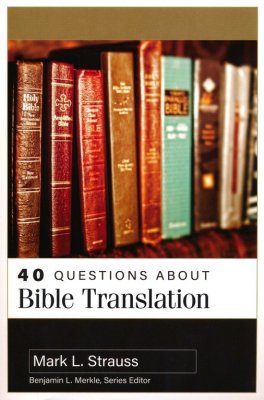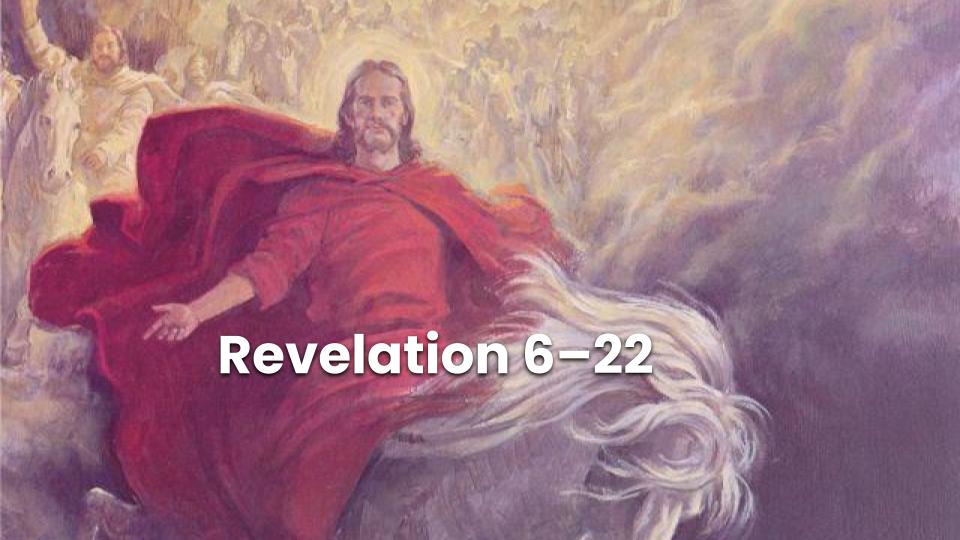The purpose of this page is to help you explore Christ-centered music throughout the centuries. Obviously there are thousands of hours of music that we could listen to, this curated list contains about one hour of music that is specifically focused on Jesus Christ.
I’m intentionally not including music found in the Latter-day Saint hymnal to provide you with the opportunity to learn from other music. This is not to denigrate the hymns we have—they are beautiful! It is simply an opportunity to expand our musical horizons. Please note: everyone’s tastes are different and you may not like all of the musical selections, but even then there may be something you can learn from these songs. Come at this music with an open mind, or, if I may say, “an open ear.”
Thanks to Dr. Joshua Sears for his extensive contributions to this list, as well as the ideas behind it.
Early and Medieval Christian Music (300-1400 AD)
- “The Oxyrhynchus hymn,” anonymous (circa 300 AD). This is the earliest known Christian hymn that contains both lyrics and musical notation. Can you picture yourself as a Christian in 300 AD singing this song?
- Choral Stichologia (Palaion), (anonymous ancient Eastern Christian hymn). This is an ancient hymn from Eastern Christianity. This recording by Cappella Romana uses modern digital sound engineering to replicate what it might have sounded like sung in Constantinople more than a thousand years ago. Because the lyrics are not shown in the video I produce them below. Note that the hymn is sung in Greek (on the left, with the English translation on the right).
- “Agnus Dei,” (various versions have been part of the Catholic Mass since ~700 AD). This rendition is more modern, composed by Samuel Barber in 1967. As you listen to the music and read the lyrics, take some time to really ponder what it means for Jesus Christ to be the Lamb of God (Agnus Dei).
- “Jesu dulcis memoria,” attributed to Bernard of Clairvaux (1090–1153). Note: you are probably familiar with the English translation by Edward Caswell (“Jesus the Very Thought of Thee”). The music in our current hymnbook with this hymn was created centuries after the lyrics. Even though you might like the music that you are familiar with, can you still see beauty in this performance by the Christendom College Choir?
Renaissance Music (~1400-1600 AD)
- “Sicut Cervus,” by Giovanni Pierluigi da Palestrina (published posthumously in 1604). Based on Psalm 42:1, the lyrics repeat, “As the deer longs for running water, so longs my soul for Thee, Lord.” Can you feel the spiritual yearning of the composer (and musicians) as you listen to this song?
- Miserere mei, Deus, by Gregorio Allegri (composed ~1638). The title of the hymn is translated into English as “Have mercy on me, O God.” For decades it was only played in the Sistine Chapel. According to some traditions, Mozart went to the Sistine Chapel, listened to it twice and transcribed the entire piece from memory. Turn on the subtitles so that you can understand the lyrics.
Hymns from the Early Modern Period (~1600-1800)
- “Love Divine, All Loves Exceeding,” by Charles Wesley (published in 1744). This hymn, by Methodist leader and prolific hymn writer Charles Wesley, is a prayer in the form of a song. You can either listen to this version by the Mormon Tabernacle Choir, or this one, sung by a choir in Westminster Abbey.
- “Amazing Grace,” original text by John Newton (published in 1779). This song describes the author’s conversion to Christianity and his guilt over his past life, including participating in the slave trade (read more if interested). It subsequently became a popular hymn in the United States. While not in the current Latter-day Saint hymnal, Emma Smith did include it in the 1841 hymnbook. Listen to this version by Judy Collins or this one by BYU’s Noteworthy.
Black Gospel Music
One important genre of Christian music is Black gospel music. Its origins go back to African musical traditions, the conversion of Black slaves to Christianity, and their continued suffering and endurance through the evil practice of slavery in the United States and other countries. Today, gospel music is known for its beauty, liveliness, and expression.
- “Were You There (When They Crucified My Lord).” (Unknown 18th century composer). This hymn was first published in 1899, in William Eleazar Barton’s hymnal, “Old Plantation Hymns.” In its entry about this song, Wikipedia states, “‘Were You There’ tells the story of the Crucifixion of Jesus. Underneath this narrative, however, is a metaphor likening Jesus’s suffering to the suffering of slaves. In some versions of the song, the singer asks “Were you there when they nailed Him to the Tree?” Replacing Jesus’ cross with a tree further strengthens the metaphor between Jesus’ suffering and slaves’ suffering. African-Americans during the antebellum period, and all the way into the Jim Crow era, would have drawn a connection between Jesus nailed to a tree and the frightening prevalence of lynchings in their own lives.[19] This expression of likening one’s experience to Jesus’ is underscored by the first-person, present-tense perspective of “Were You There”; the singer personally witnesses the crucifixion. The use of first person pronouns in the spiritual reflects a sense of “communal selfhood” formed by African-American slaves in the face of oppression.”
- “Won’t He Do It,” by Koryn Hawthorne (2017). Singer Koryn Hawthorne states, “Personally, what the song means to me: with my life ever since I was a kid, I’ve always known that God has a purpose for my life. I always knew that music was what I was supposed to do, but I’ve also had letdowns where I’ve questioned it. No matter what, God always came in and let me know that this was the path I was supposed to be on. Even through times when I felt it wasn’t going to work out, God always comes through.” Do you feel that message in these lyrics?
Contemporary Latin American Christian Music
Following the United States, Brazil and Mexico respectively have the second and third largest Christian populations in the world, and Brazil has more Catholics than any other country in the world. Contemporary Latin American Christian music is rich and varied; let’s explore two songs to give you a flavor for this genre of music about Jesus.
- “Seja Pra Mim,” by Ana Paula Valadão (2017). Ana Paula Valadão “is the leader of the contemporary praise band Diante do Trono, which has sold more than 15 million worship albums globally and has led worship gatherings of as many as two million people in attendance. She has led millions in worship throughout the world and believes that worship is a major instrument for the restoration of a nation.” If you don’t speak Portuguese, turn on the subtitles for this song.
- “Supe que me amabas,” by Marcela Gándara (2007). This video has been viewed over 500 million times. If you can read Spanish, take a look at some of the more than 50,000 comments on this video. It’s incredible to be a part of a global community of Christians, isn’t it? If you don’t speak Spanish, turn on the auto-generated English subtitles.
Contemporary U.S. Christian Music
- “I Can Only Imagine,” by MercyMe (1999). According to the Wikipedia article on this song, “It has…become the most-played song in the history of Christian radio as well as the best-selling Christian song of all time.” On a personal note, this was one of the first Christian songs I heard that made me want to engage deeply with this genre of music. You might enjoy watching the movie about how the song came to be–it’s powerful!
- “Alive (Mary Magdalene,” by Natalie Grant (2011). This song is part of a compilation of songs written from the perspective of people in the Bible. In this song, Natalie Grant sings from the role of Mary Magdalene. How do the visuals in this video add to the power of the song?
- “What a Beautiful Name,” performed by Hillsong Worship (2016). The way this song is performed (both by the musicians and concert attendees) is a bit different from a Latter-day Saint sacrament meeting. Although this might be a tradition different than some are used to, do you see or feel spiritual power in it?
- “God so loved the World,” by Jeremy Christensen (2017). This song, by Latter-day Saint performers City of Enoch, is based on John 3:16, one of the most famous passages of scripture.
That’s the end of our tour! Consider Investing time creating or refining your own playlist focused on Jesus Christ. This could be a playlist you have on YouTube, Spotify, or some other way. As an example, here’s my Spotify playlist of songs focused on Jesus Christ.
You might consider creating different playlists (e.g., Christian music about Jesus, Hymns about Jesus, music about Christ in other languages, etc.)
What are your favorites songs about Jesus Christ?
How has music helped you draw closer to him?





